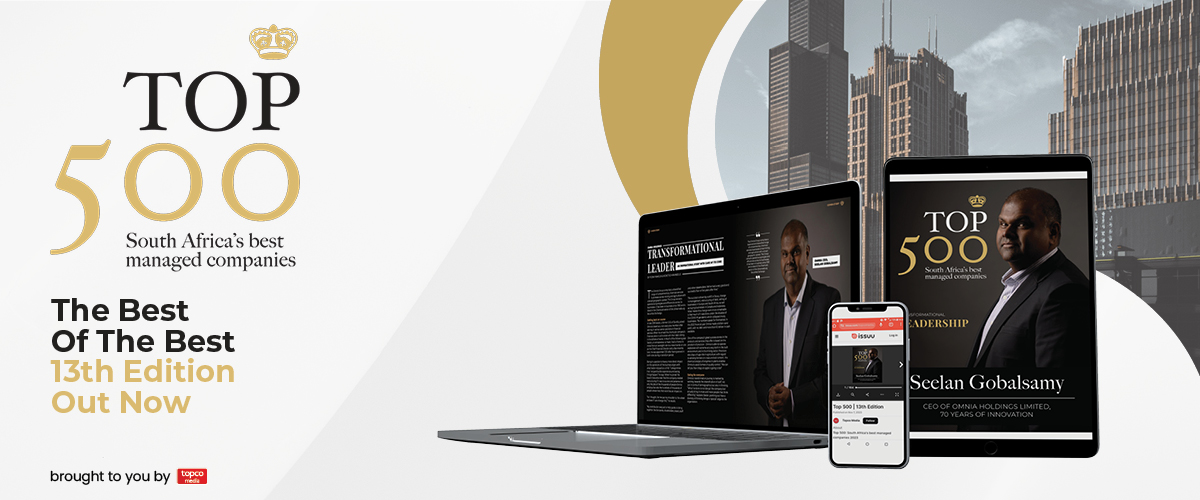What kind of leader are you?

By Raine St.Claire
According to a recent Harvard Study, the most proficient leaders adjust their tactics by reevaluating their proactive approach or “action orientation” to effectively address the current issue. In contrast, the study highlighted that executives who adhere to outdated methodologies while facing new challenges frequently encounter shortcomings.
Navigating organisational reinvention is rarely a linear endeavour. More often than not, this process resembles an up and down journey marked by peaks of success and troughs of challenges. Even prestigious organisations face this reality, notwithstanding their leaders’ prowess in mitigating disruptions.
In an ever-evolving landscape, leadership is inherently dynamic and adaptable. There exists no universal formula applicable to all circumstances. Ryan Raffaelli, the Marvin Bower Associate Professor at Harvard Business School, notes that an organisation’s triumph hinges on leaders’ ability to tailor their leadership style to specific challenges. Paradoxically, a leader’s prior accomplishments can sometimes transform into their most significant obstacle.
Raffaelli delves into the concept that leaders often fall into three distinct “action orientations”—analytical, contextual, or relational—dictating their responses in unfamiliar situations. The challenge for leaders is to fashion an approach that blends elements from all three orientations. This amalgamation is crucial since excessive reliance on any one orientation can lead to subpar action plans, derailing effective execution.
Raffaelli’s analysis derives from his deep-rooted research interest in the attributes of leaders who adeptly reshape themselves to tackle novel challenges. This perspective amalgamates insights from his MBA course, Leadership: Execution and Action Planning (LEAP), and observations of mid-career executives in executive education settings. Over the past decade, Raffaelli has prompted numerous students and managers to explore their preferred orientation persona and its implications.
“I’ve delved into the traps that organisations and leaders face when endeavouring to transform themselves,” he explains. “Leaders often devise a strategy they believe will yield success based on their prior experiences—effectively transforming an organisation within a particular context. However, when the context shifts and they apply the same strategy, it often proves futile.”
Exploring the three action orientations in depth
Through the study of individuals striving to reinvent their organisations and themselves at pivotal moments, discernible patterns emerge. These patterns serve as the foundation for formulating the three distinct action orientations:
Analytical
Leaders inclined towards an analytical orientation often find solace in data, relying on
numbers and models to formulate a plan that maximises the probability of success.
Contextual
Individuals embodying a contextual orientation consider external factors that extend beyond the immediate task, such as broader market shifts, competitor behaviour, or emerging industry trends.
Relational
Leaders with a relational inclination devise action plans based on how their actions will be perceived and impact others, focusing on power dynamics, social networks, and personal ramifications.
Each orientation boasts its merits and drawbacks. Analytical leaders might lean excessively on data, while relational leaders might prioritise appeasement. The optimal solution does not reside in a singular approach.
Action orientations in real-life scenarios
Numerous case studies underscore the challenges leaders face when adopting the appropriate orientation. For instance, consider Max Hodges’ tenure as Executive Director of the Boston Ballet.
An analytical approach led to data-driven successes, such as dynamic ticket pricing. However, the impending loss of the ballet school lease demanded a different orientation and leadership strategy.
Similarly, Ron Johnson’s brief tenure as JCPenney’s CEO highlights the potential pitfalls of disregarding the right orientation. Johnson’s past successes at Apple and Target did not translate, revealing the need for adaptive leadership.
Drawing on his market interpretation prowess, Johnson heavily relied on a contextual orientation to develop strategies for reinvigorating the JCPenney brand. However, the organisation was ill-prepared for such substantial changes, leading to Johnson’s resignation after just 18 months.

Strategic application of action orientations
Raffaelli’s research intriguingly suggests that while a specific orientation may yield benefits across different situations and over time, excessive reliance can backfire as environmental shifts necessitate adaptability for consistent outcomes. Counterintuitively, Raffaelli’s findings also offer optimism: developing capabilities encompassing all three orientations isn’t confined by past achievements.
Self-awareness is pivotal: Recognising when to draw from a specific orientation, acquiring skills to foster growth, and discerning when to employ an orientation in addressing managerial and leadership challenges.
Raffaelli encourages students and professionals to identify their inherent “default” orientation, which can be a formidable task. Seeking insights from colleagues, partners, or confidants is advisable.
He further suggests engaging individuals with diverse experiences to challenge and uncover blind spots in one’s action orientation.
Kwame Spearman’s journey exemplifies the malleability of action orientations. Transitioning from a start-up role to acquire and rejuvenate Tattered Cover, a respected Denver-area independent bookstore, Spearman recalibrated his action orientation multiple times, as illustrated in a case study.
Spearman and his team swiftly redirected the bookstore’s trajectory, introducing innovative concepts like an in-store wine bar. Recently, he undertook a more profound transformation: relinquishing his CEO role to pursue a political career while remaining the bookstore’s owner.
His focus now lies in public service and running for elected office.
“Another crucial juncture where leaders must be acutely attuned to their action orientation is during career transitions,” says Raffaelli. “We often overlook how our orientation shapes our thought processes and influences others’ perceptions of our leadership.”


.svg)











